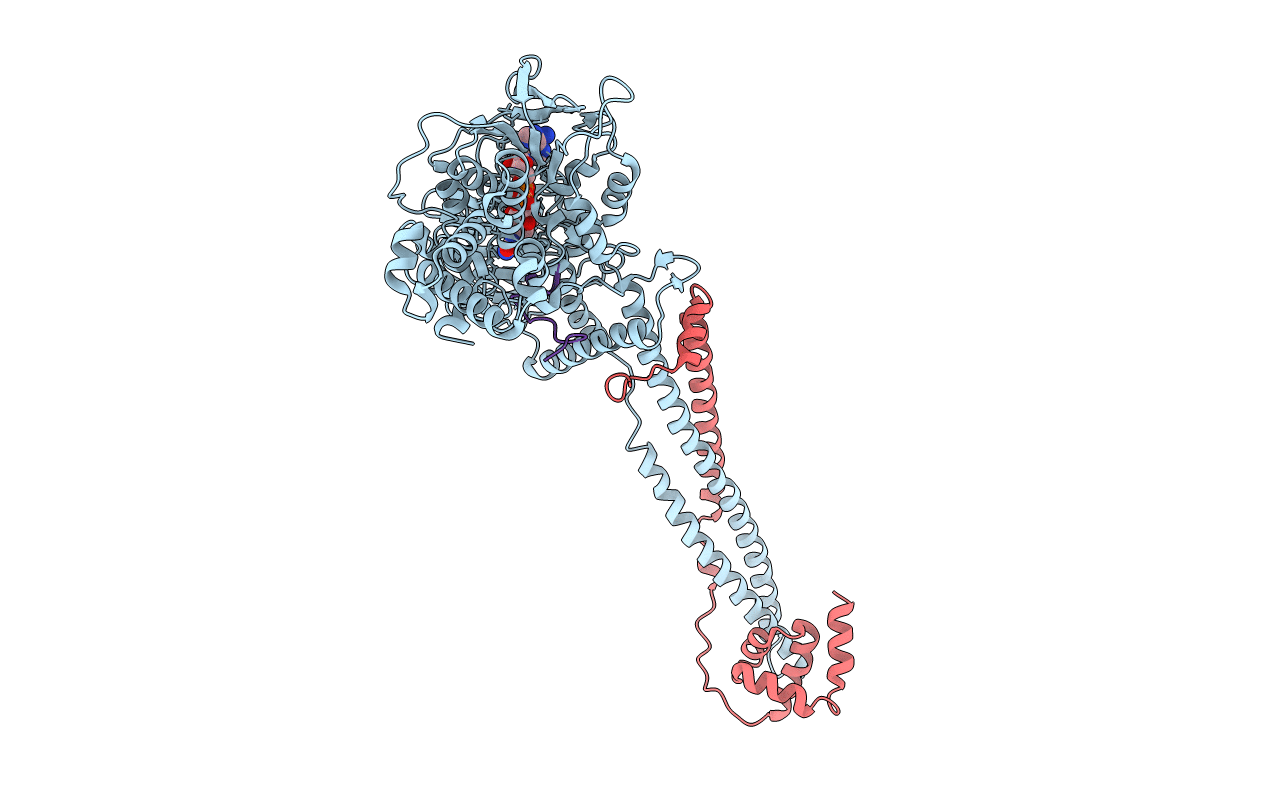
Deposition Date
2007-05-23
Release Date
2007-05-29
Last Version Date
2023-12-13
Entry Detail
PDB ID:
2V1D
Keywords:
Title:
Structural basis of LSD1-CoREST selectivity in histone H3 recognition
Biological Source:
Source Organism:
HOMO SAPIENS (Taxon ID: 9606)
Host Organism:
Method Details:
Experimental Method:
Resolution:
3.10 Å
R-Value Free:
0.23
R-Value Work:
0.22
R-Value Observed:
0.22
Space Group:
I 2 2 2


